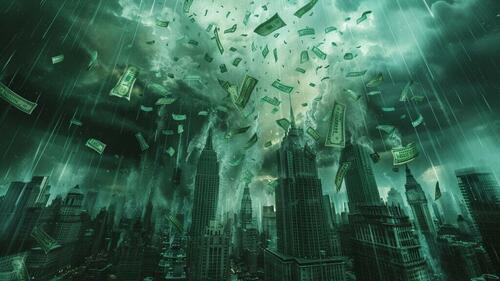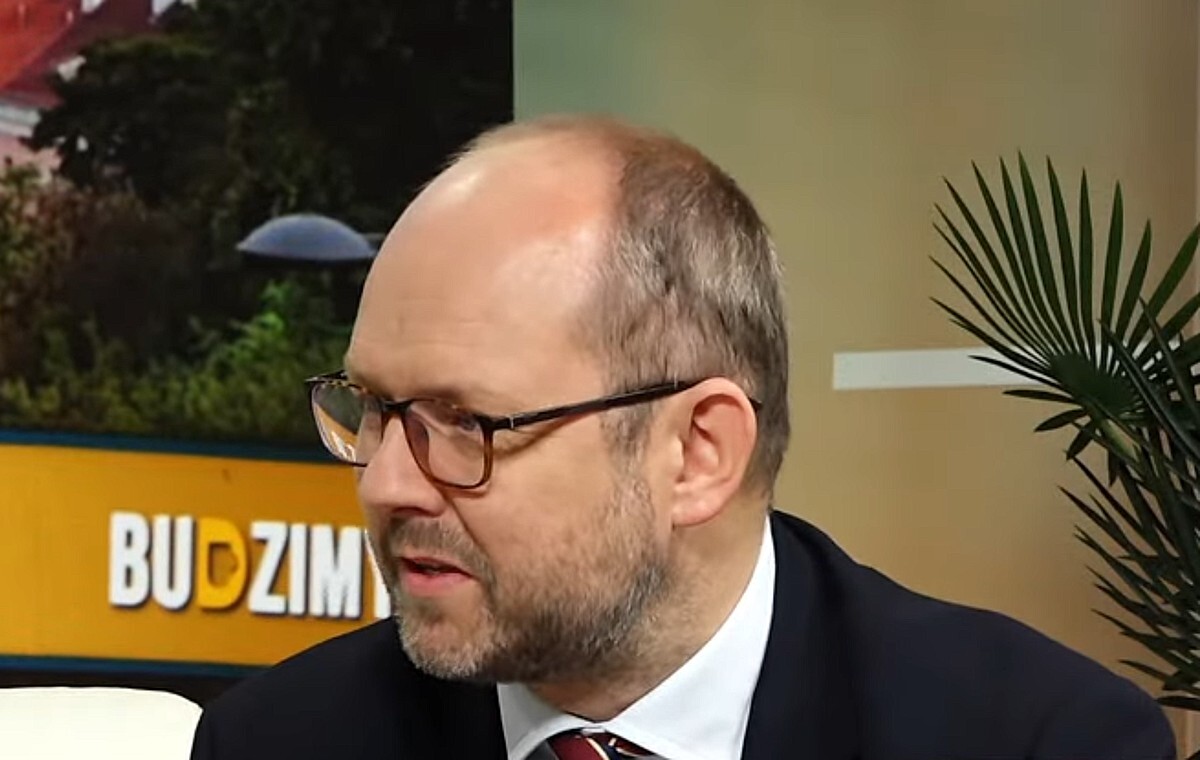
To Prevent A Banking Crisis, The Fed Must Cut; But…
Via SchiffGold.com,
In 2009, 140 banks failed, and a recent report from financial consulting firm Klaros Group says that hundreds of banks are at risk of going under this year. It’s being billed mostly as a danger for individuals and communities than for the broader economy, but for stressed lenders across America, a string of small bank failures could quite quickly spread into a larger bloodbath — especially in an economy with hot inflation and a feverish addiction to ultra-low interest rates.

Data Source: FDIC.gov
Most at-risk firms are smaller banks representing assets under $10 billion, with a handful of larger regional ones. Some might be able to avoid closing by halting expansion plans or offering fewer services. Others might save themselves by merging with larger banks. But with inflation too high for the Fed to cut now, “higher for longer” interest rate policy is looking increasingly likely, and banks with high exposure to troubled commercial real estate are at particular risk of starting a domino effect of small collapses that lead to bigger ones and bleed into becoming a real estate crisis.

The Klaros report looked at troubled community banks with a large proportion of troubled commercial real estate loans, uninsured deposits, and massive losses on other loans and bonds. These banks are held hostage by higher interest rate policy, and Jerome Powell has already acknowledged that not all of the Fed’s hostages will make it. Fear not, however — as he said at a recent hearing on monetary policy in the Senate Banking, Housing, and Urban Affairs Committee, a few failures won’t turn into an uncontrolled downward spiral:
“There will be bank failures…I think it’s manageable, is the word I would use.”
In other words, banks will fail, but it won’t be enough to trigger a large banking crisis or blow up the broader commercial real estate sector. Powell says the Fed is “working” with these troubled smaller banks that are sitting on loans for empty office and retail buildings, but it’s up to you whether you find his words reassuring:
“There are empty buildings in many major and minor cities…thousands and thousands of people who worked in those buildings are under pressure too…we’re just trying to stay ahead of it on a bank-by-bank basis.”
But interpreting Fed doublespeak is always a delicate endeavor. After all, if he did think 2024-2025 bank failures would be enough to start a domino effect, he wouldn’t say so, or it would cause markets to panic, and the collapse could quickly become a self-fulfilling prophecy.
But don’t worry — Powell promises that in any event, the Fed will use taxpayer money to protect the megabanks deemed “systemically important” if its economic meddling leads to a banking crisis. The first bank failure of 2024, First Republic Bank, doesn’t fall into this “too big to fail” category and was absorbed by the larger Fulton Financial. Almost 50% of First Republic’s loans were in commercial real estate.
In all its hubris, the Fed is stuck between preventing a banking crisis and preventing inflation from getting even more out of control. It needs higher rates to reduce inflation, but crucial sectors of the economy that are heavily dependent on lending can’t survive in a higher-rate environment, even if they don’t appear insolvent at first glance.
In a free market, interest rates would be much higher — and “too-big-to-fail” banks wouldn’t exist. Parts of the economy that couldn’t handle higher rates would be cleaned out of the system. Without the free market’s unforgiving but self-regulating mechanisms, where losers are allowed to lose no matter their size, Federal Reserve wizardry locks America into a seemingly endless cycle of death and reincarnation. Recession and bubble, boom and bust. But every cycle coils the spring more tightly as the Fed kicks the can down the road to prevent an all-out failure of the system, and the dollar itself, in the longer term.
Tyler Durden
Thu, 05/09/2024 – 10:40









![Хорошее начало года в экономике [+MP3]](http://lewiatan.org/wp-content/uploads/2025/05/mariusz15.jpg)






